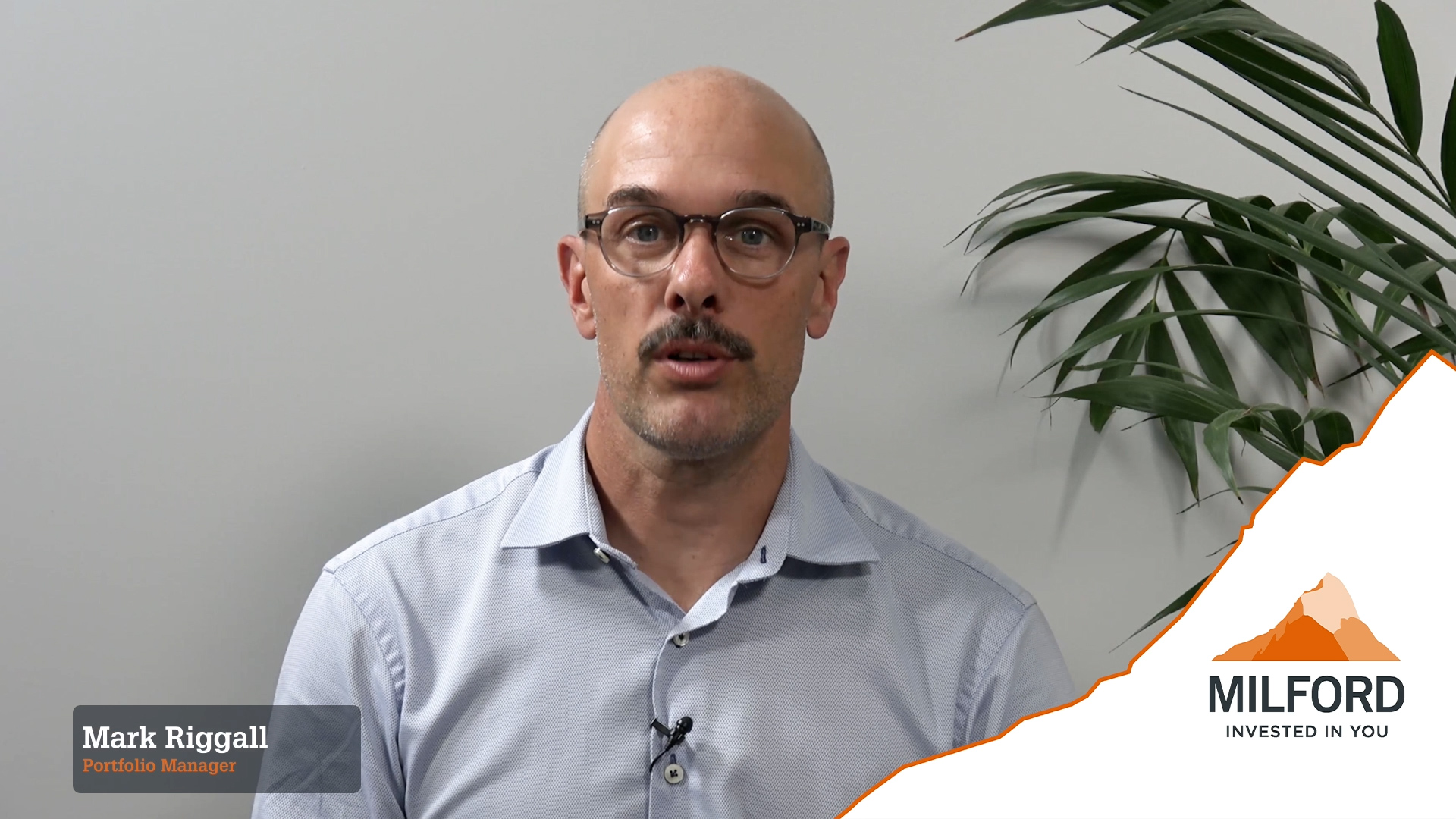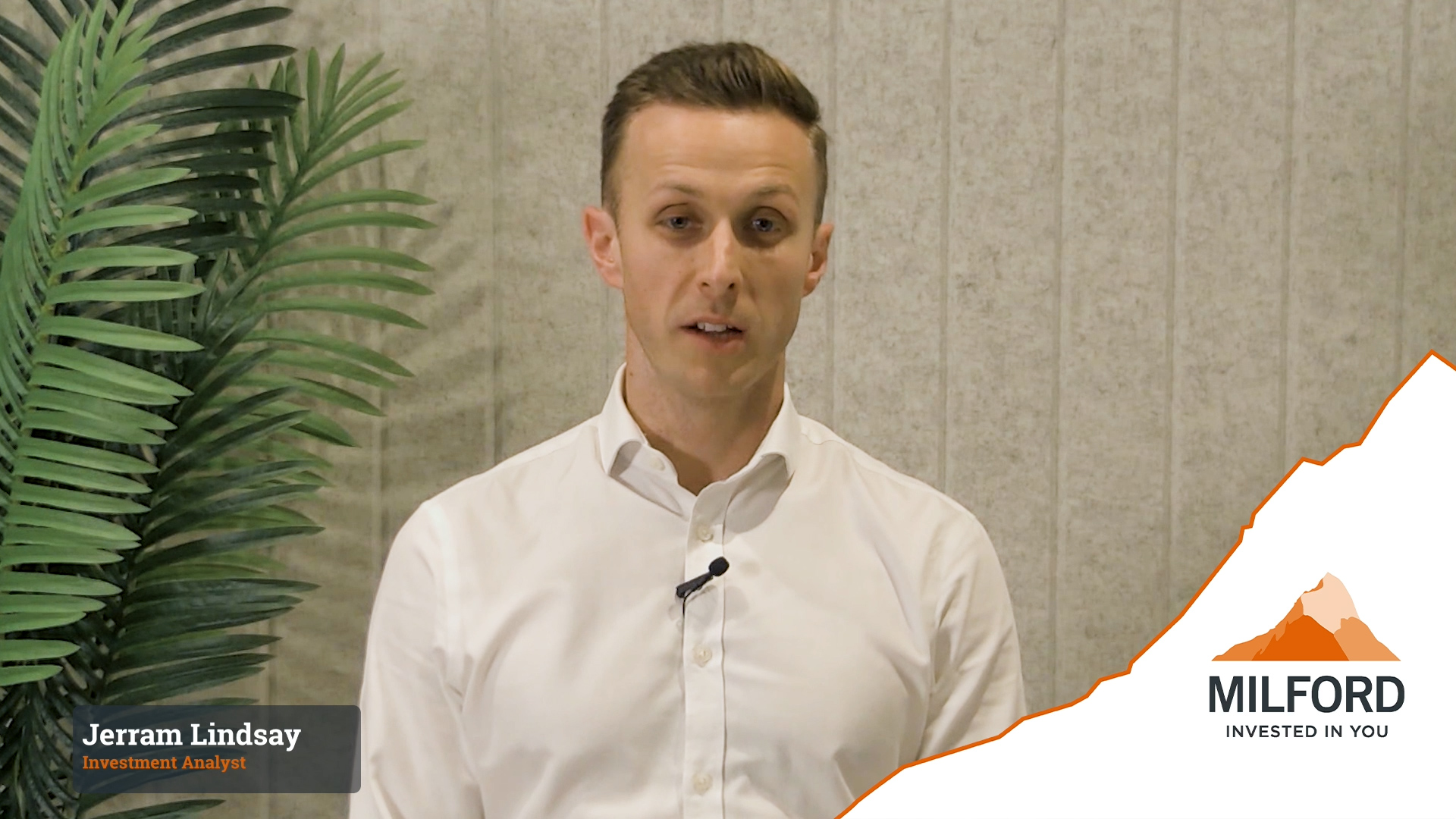Imagine watching your investments soar one year, only to plummet the next. These dramatic shifts – often triggered by changes in economic growth, inflation, or global events like the COVID-19 pandemic or the GFC – are known as bull and bear markets. If you’ve invested over the past decade, chances are you’ve already experienced both.
While these cycles are a normal part of investing, they can rattle even the most experienced investors. Understanding what drives them – and how to respond – can make all the difference to your long-term success. So, what exactly are bull and bear markets, and how can you make the most of both?
How to Recognise Bull and Bear Cycles
Bull markets are the high points – when investor confidence is strong, the economy is growing, and share prices typically rise at least 20% from recent lows. Since 1950, the average bull market has lasted just under four years, delivering cumulative gains of around 162% (Raymond James, 2025).
Bear markets are the opposite, where we have historically seen a drop of 20% or more from their most recent highs, often triggered by economic slowdowns or uncertainty. They tend to be shorter, averaging around 20 months, with average losses of 40%. The 2022 bear market, for instance, lasted just nine months before rebounding.
Why Investor Mindset Matters
The real risk in a market cycle isn’t just changing prices, it’s how we react to them. Bull markets reflect economic expansion, low unemployment, and corporate growth, which can encourage aggressive buying and boost the temptation to chase hot stocks. In bear markets, however, rising unemployment or inflation can dampen investor confidence and fear can lead to panic selling. Both responses can derail long-term goals.
At Milford, we remind our clients that emotional decisions can do more damage than market downturns. That’s why discipline and diversification matter – across all stages of the cycle.
How to Turn Market Cycles into Investment Opportunities
Investing wisely means adapting to both markets and focusing on long-term goals over short-term swings. So, how can smart investors navigate the bullish ups and bearish downs?
- Stick to the plan: Investing isn’t about timing the market; it’s about time in the market. After the 2007–2009 global financial crisis, the S&P 500 fell by 57%. But over the following decade, markets rebounded strongly – gains of more than 400% were recorded across that period.
Investors who pulled out during the downturn may have locked in their losses and missed the recovery. An investment made at the market peak in 2007 could have been safeguarded through active investment management – significantly reducing losses during the crash. By staying invested and strategically adjusting along the way, it could have captured much of the upside through to 2019, balancing downside protection with meaningful long-term growth.
- Use dollar-cost averaging: Investing a set amount at regular intervals, regardless of what the market is doing, is a proven way to reduce the impact of short-term volatility. When prices are low, your money buys more units; when prices are high, it buys fewer. Over time, this strategy smooths out the average cost of your investments and removes the pressure to perfectly time the market.
- Build a balanced portfolio: A smart portfolio includes both defensive and growth assets. Defensive assets – like bonds, cash, and dividend-paying stocks – help cushion the impact of downturns. Growth assets – such as shares in technology, healthcare, or infrastructure companies – offer more potential for long-term returns. Finding the right mix helps you manage risk while still aiming for growth – something a financial adviser can help tailor to your goals and timeframe.
Markets Move. Your Plan Shouldn’t.
Bull markets drive growth, bear markets test resilience. Market cycles are inevitable; understanding their dynamics and seeking expert advice will help you make informed decisions and turn volatility into opportunity.
Bull or bear, we don’t guess what’s next – we prepare for it. Milford’s active management means we constantly assess market risks and adjust portfolios accordingly, always keeping your long-term goals front and centre.
Want to stay one step ahead? Visit The Investing Place for more market insights and investment education.


